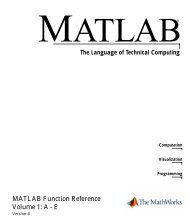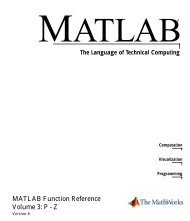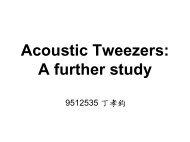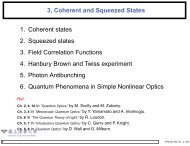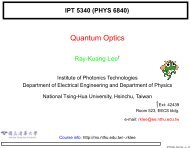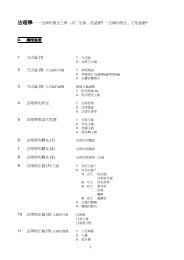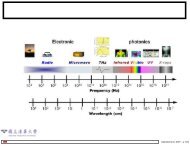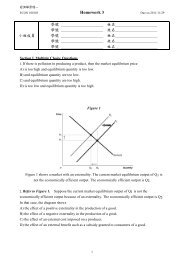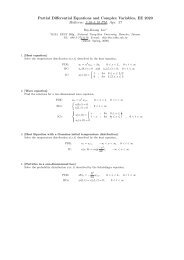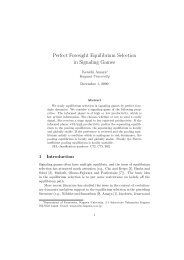Acceleration, Shock and Vibration Sensors
Acceleration, Shock and Vibration Sensors
Acceleration, Shock and Vibration Sensors
Create successful ePaper yourself
Turn your PDF publications into a flip-book with our unique Google optimized e-Paper software.
Chapter 5<br />
temperatures exceeding its range, or large electric fields, the piezoelectric properties<br />
may be drastically altered. There are several classifications of ceramics. First, there<br />
are high-voltage-sensitivity ceramics that are used for accelerometers with built-in,<br />
voltage-amplified circuits. There are high-charge-sensitivity ceramics that are used for<br />
charge mode sensors with temperature ranges to 400°F (205°C). This same type of<br />
crystal is used in accelerometers that use built-in charge-amplified circuits to achieve<br />
high output signals <strong>and</strong> high resolution. Finally, there are high-temperature piezoceramics<br />
that are used for charge mode accelerometers with temperature ranges over<br />
1000°F (537°C) for monitoring engine manifolds <strong>and</strong> superheated turbines.<br />
Structures for Piezoelectric Accelerometers<br />
A variety of mechanical configurations are available to perform the transduction principles<br />
of a piezoelectric accelerometer. These configurations are defined by the nature<br />
in which the inertial force of an accelerated mass acts upon the piezoelectric material.<br />
There are three primary configurations in use today: shear, flexural beam, <strong>and</strong> compression.<br />
The shear <strong>and</strong> flexural modes are the most common, while the compression<br />
mode is used less frequently, but is included here as an alternative configuration.<br />
Shear Mode<br />
Shear mode accelerometer designs bond,<br />
or “s<strong>and</strong>wich,” the sensing material<br />
between a center post <strong>and</strong> seismic mass.<br />
A compression ring or stud applies a<br />
preload force required to create a rigid<br />
linear structure. Under acceleration, the<br />
mass causes a shear stress to be applied<br />
to the sensing material. This stress<br />
results in a proportional electrical output<br />
by the piezoelectric material. The output<br />
is then collected by the electrodes <strong>and</strong><br />
transmitted by lightweight lead wires<br />
to either the built-in signal conditioning<br />
circuitry of ICP® sensors, or directly Figure 5.2.6: Shear mode accelerometer.<br />
to the electrical connector for a charge<br />
mode type. By isolating the sensing crystals from the base <strong>and</strong> housing, shear accelerometers<br />
excel in rejecting thermal transient <strong>and</strong> base bending effects. Also, the shear<br />
geometry lends itself to small size, which promotes high frequency response while<br />
minimizing mass loading effects on the test structure. With this combination of ideal<br />
characteristics, shear mode accelerometers offer optimum performance.<br />
142



